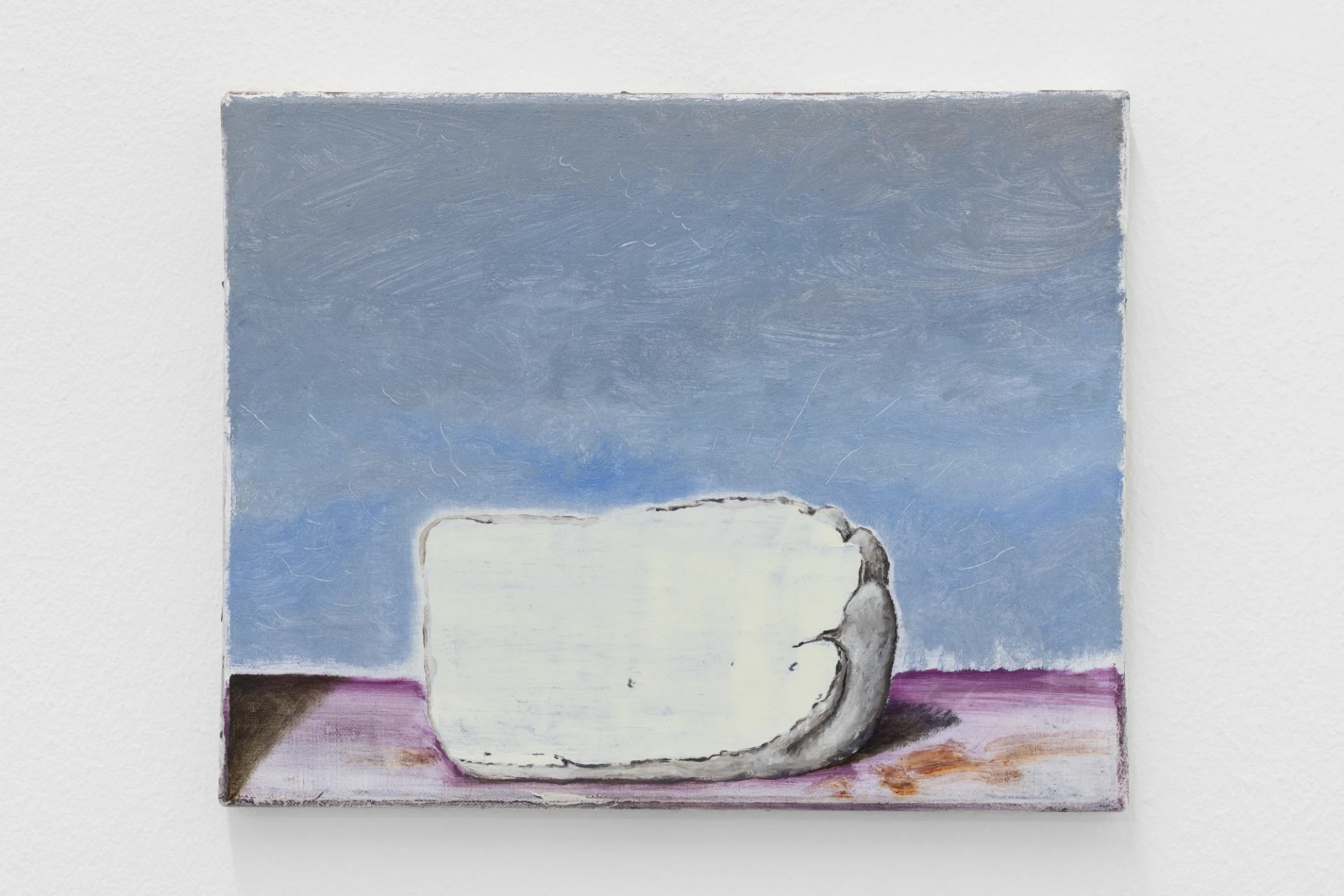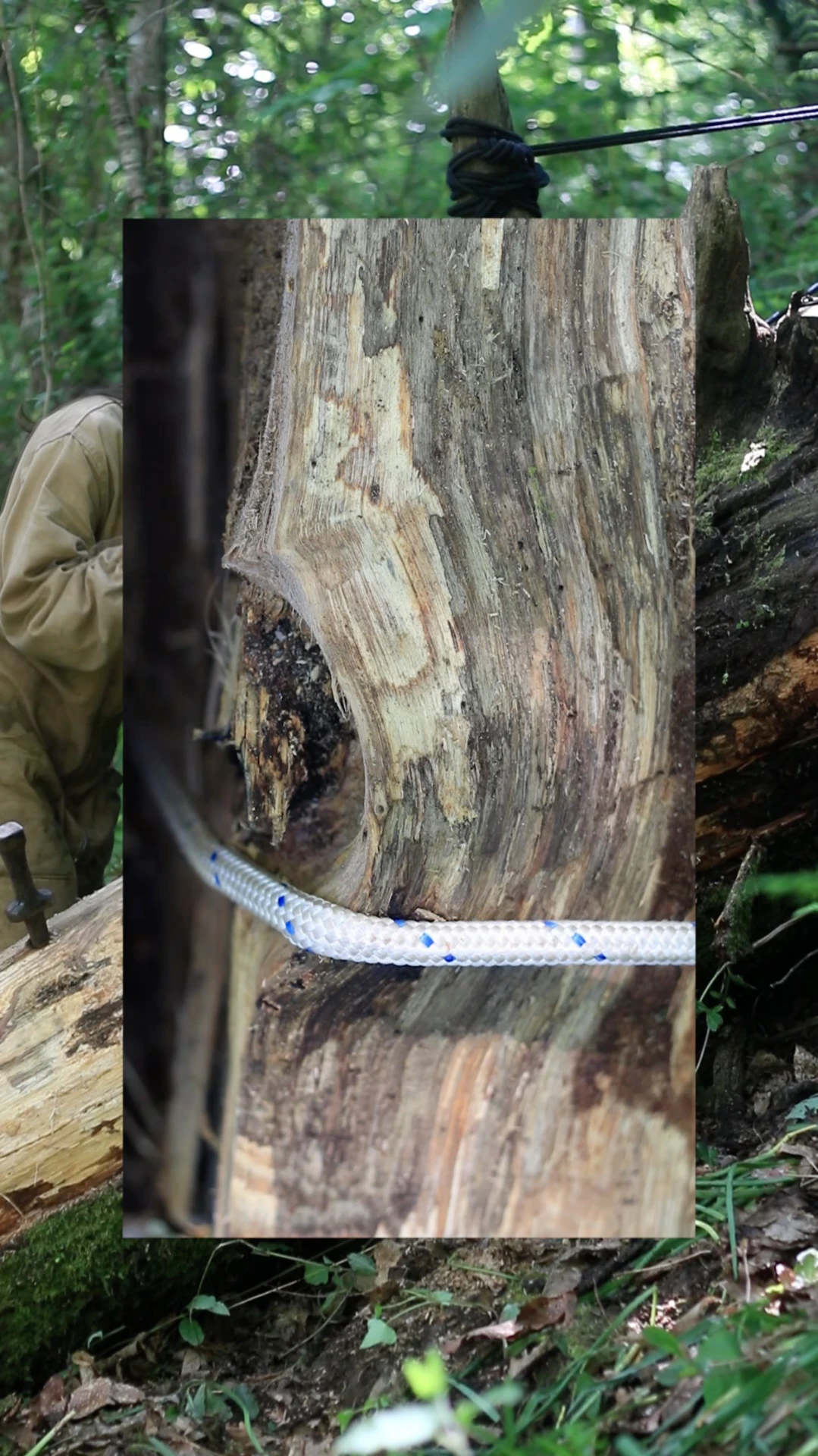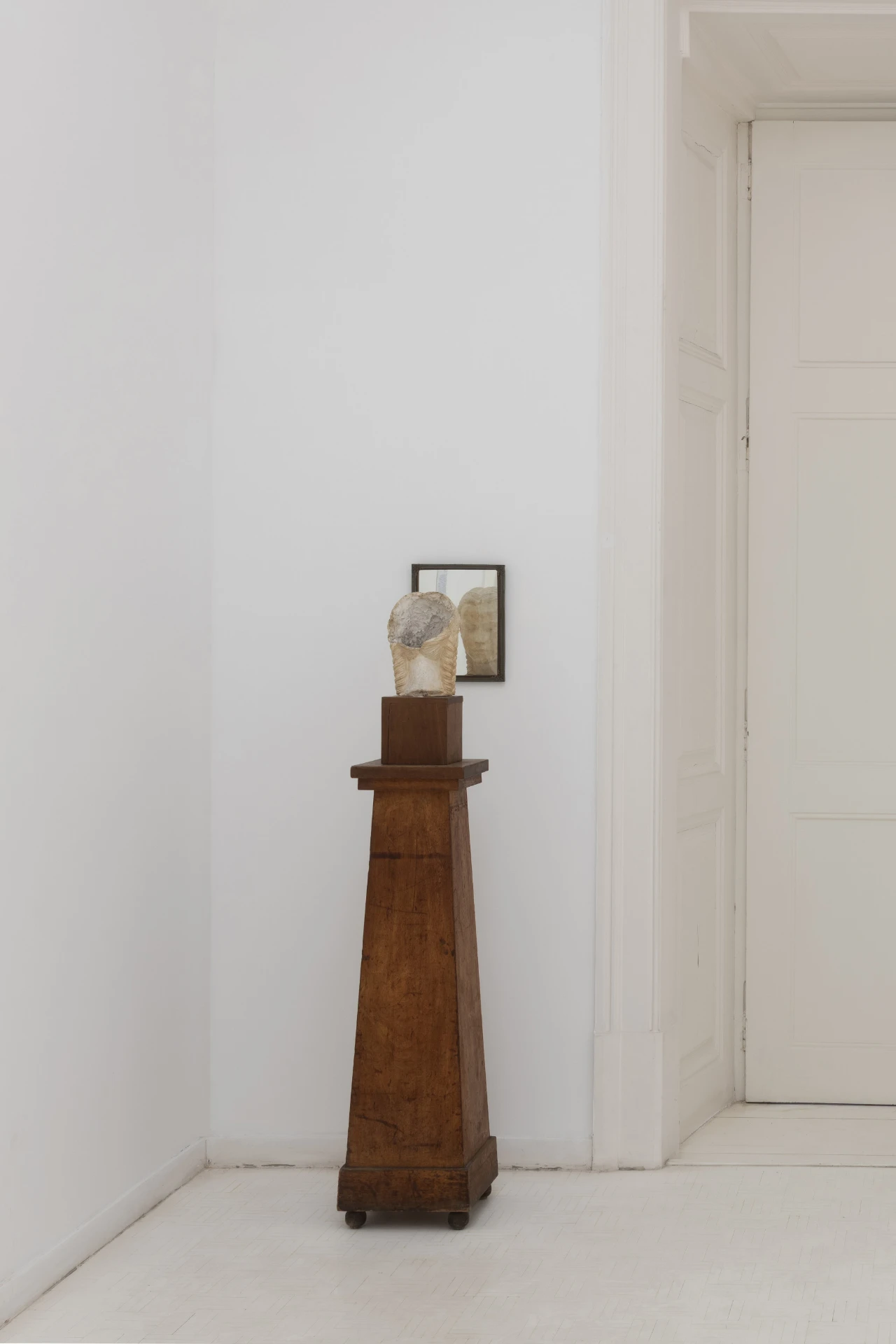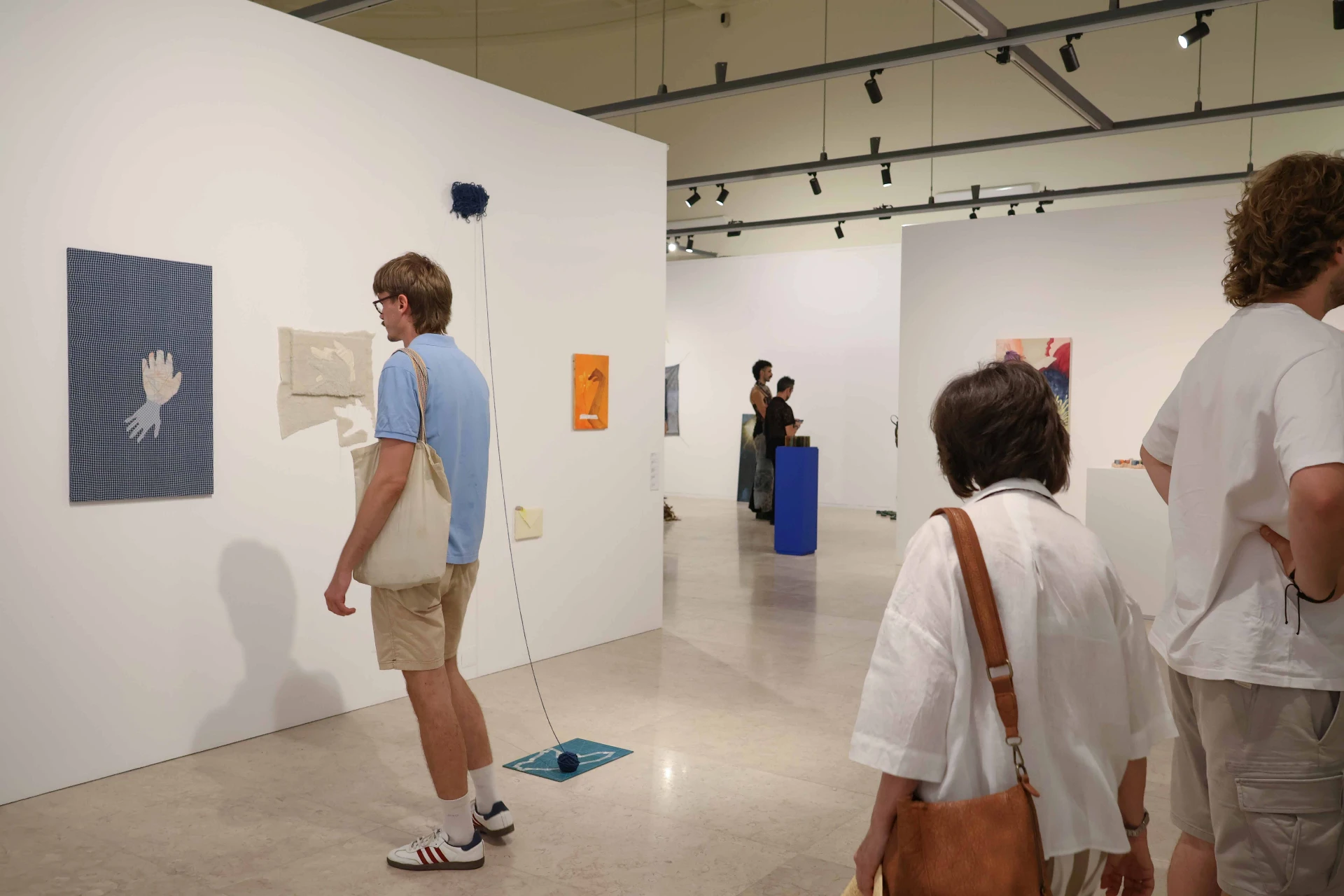article
Habitat, by Landra
Landra is an artist duo: Sara Rodrigues and Rodrigo Camacho. The name of the duo originates from the place where they live, in Cabeceiras de Basto. Landra also refers to a type of acorn from the oak tree, which for centuries covered most of the national territory, and which the artists intend to honor in the exhibition "Habitat", exhibited at the Almada Municipal Gallery.
Rodrigues and Camacho are far from the mere representation of nature. They are part of a new generation of artists who are in tune with the pulse of nature. From this, they seek to raise awareness about the urgent needs of the environment. And they do so in a very cross-cutting relationship with other areas and fields of knowledge. The fields of knowledge they have gathered throughout their artistic process, such as agroecology, permaculture, and microbiology, come into play.
With a complete and holistic concern for the environment, and aware of the role of the artist as an agent of change, Landra proposes a return to nature, not merely as a contemplative exercise, but rather as an extension of human practice, as a lifestyle, and a form of self-sufficiency. In an effort to dilute the idea of opposition between man and nature, the artists engage in activities that prolong and strengthen the ecosystem: habitats that enhance the balance of nature, rather than its destruction.
Several fragments of tree trunks are scattered throughout the gallery space, some of them equipped with sound mechanisms. Long logs of oak, walnut, and chestnut lie on the floor, supported by raw cloths. At the same time, recordings of beats and blows can be heard in space, revealing the artists' intervention on the wood in the context of the forest, visible in the four videos installed throughout the gallery. The sculpture, video, and sound installation thus converge in the service of reflection on the theme of ecology.
However, there seems to be an ambiguity, an uncertainty in the exhibition. On the one hand, we are drawn to an ecological idea of a pleasant relationship between man and nature; on the other hand, witnessing the impotence of the tree trunk remains, accompanied by sand trails stretching across the gallery floor, we are led to a coexistence that can never be peaceful. The sculptures – tree trunks – lead us to interpret nature as dismembered, severed, interrupted, and deprived of its natural cycle. Could the straight wood cuts be indicative of human gestures and cruelty? A more attentive and deeper reading leads us to an anthropocentric legacy, where we cannot fail to mention the long history of Western man's hegemony over other animals, forests, and native peoples. Rousseau said that man was the author of evil2, the same Man, deluded by an idea of progress, of materialism, who did not consider the means and ends, acting with indifference toward the natural order.
The duo suggests that the solution to the crisis of environmental and spiritual values is to engage effectively and positively with nature, without forgetting the ruthless relationship that powerful, colonizing humans have established (and continue to do so) over the centuries with different ecosystems, destroying ancestral knowledge and biodiversity.
Landra's efforts are in line with the principles of environmental ethics: 1) actions that safeguard the future of humanity, (...) through the preservation of the planet's bio-ecological quality3; 2) the ethics of the earth, which integrates human beings into the wider biotic community as its members and citizens4, (…) and the duty to respect the integrity, balance, and beauty of this whole that is part of5; 3) deep ecology, not anthropocentric, which establishes a relationship of coexistence practices, (...) of full unity between man and the cosmos6.
Meanwhile, in the municipal gallery, four videos show us the Landra duo working in a natural setting. They seek harmonious action in tune with the ecosystem, while there is still time. They summon us and take us to the idea of a poetics of nature. The relationships between beauty and sublimity, art and nature remind us of Kant. Art, referred to no longer as opposed to nature, but as an exercise in reciprocity: the phenomenon of authentic art, as if it were natural, and the phenomenon of nature, as if it were artistic. 7
Curated by Filipa Oliveira, the exhibition is on view until September 20.
1 Varandas, M. J. (2007) Para uma ética ambiental: percursos fundamentais. Coordenação Neves, M. C. P; Soromenho Marques, V. Ambiente. Ética Aplicada. Edições 70, Pages 33 to 35
2 Ibidem
3 Ibidem
4 Ibidem
5 Ibidem
6 Naturalismos, de Lucrécio a Lobo Antunes, Kelly Benoudis Basílio editions, Felipe Cammaert. Húmus, V.N. Famalição, 2012, Page 115.
BIOGRAPHY
Carla Carbone was born in Lisbon, 1971. She studied Drawing in Ar.co and Design of Equipment at the Faculty of Fine Arts in Lisbon. Completed his Masters in Visual Arts Teaching. She writes about Design since 1999, first in the newspaper O Independente, then in editions like Anuário de Design, arq.a magazine, DIF, Parq. She also participates in editions such as FRAME, Diário Digital, Wrongwrong, and in the collection of Portuguese designers, edited by the newspaper Público. She collaborated with illustrations for Fanzine Flanzine and Gerador magazine.
ADVERTISING
Previous
agenda
 V1-i0a8a.jpg)
18 Sep 2025
The 35th edition of Encontros da Imagem kicks off today in Braga, Guimarães, Porto, Avintes, Barcelos and Vila Verde
By Umbigo
Next
article
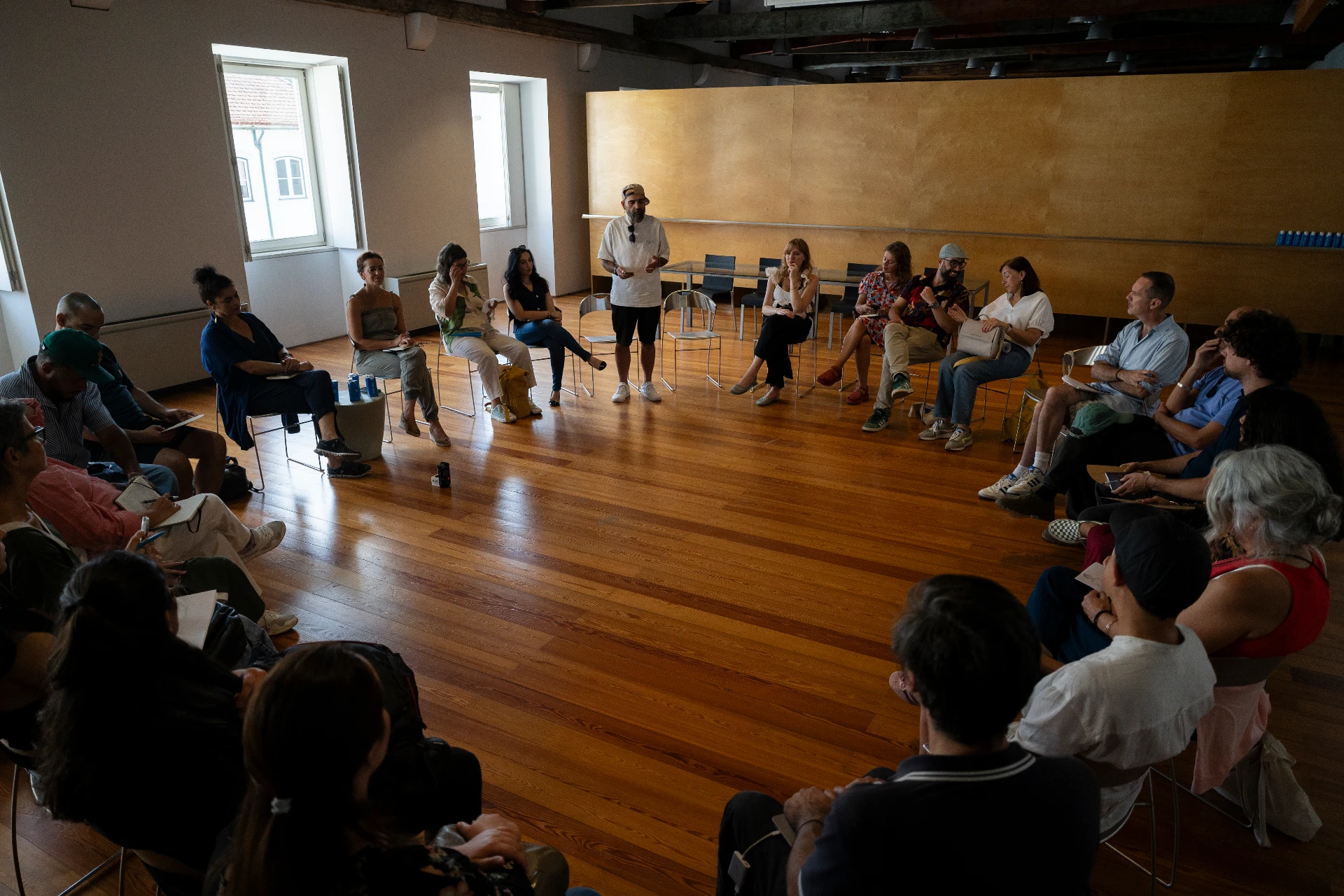
19 Sep 2025
The urgency of dialogue and proximity: Cu.Co - Encontro de Jornalismo Cultural de Coimbra
By Elsa Garcia
Related Posts
